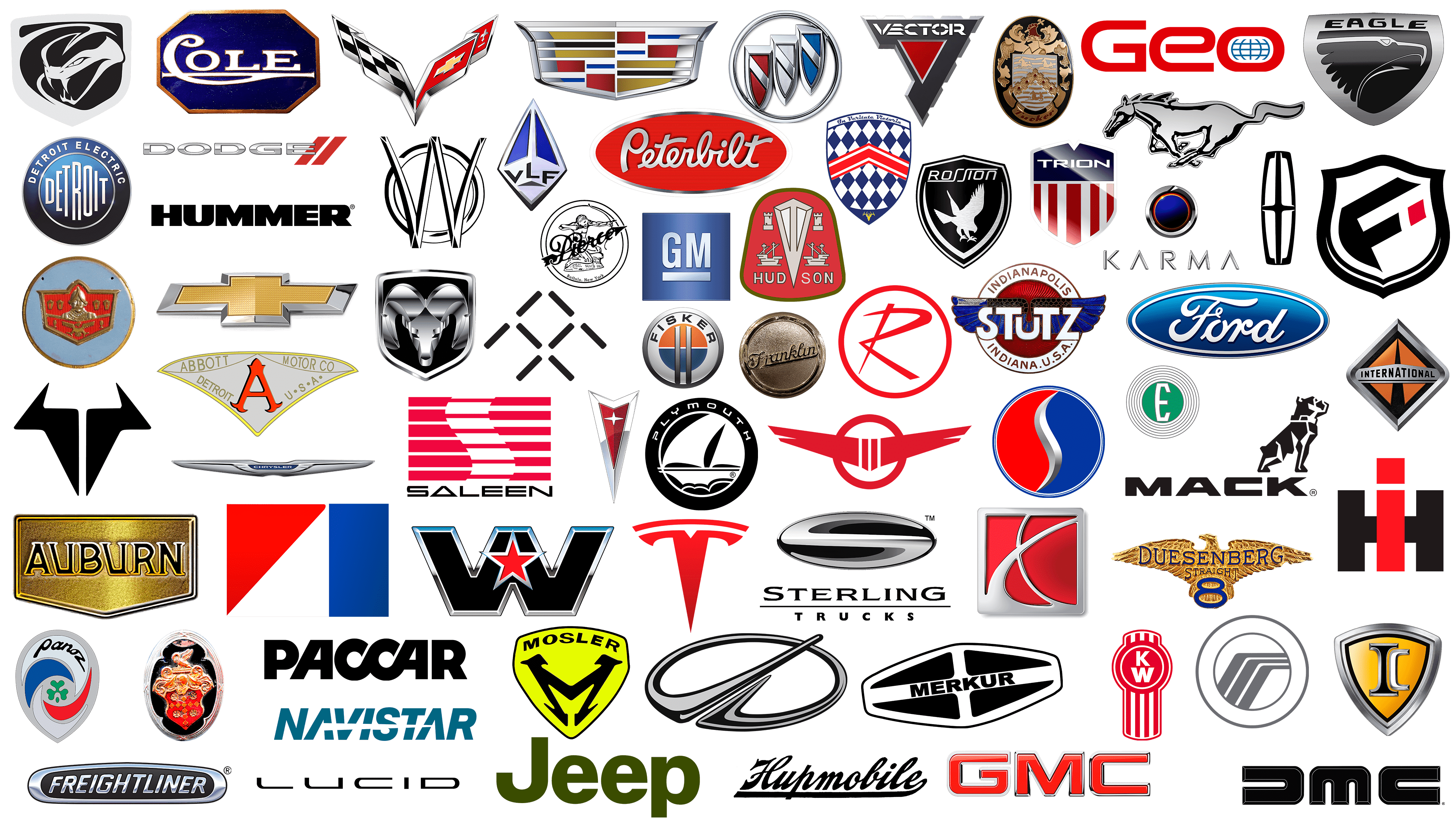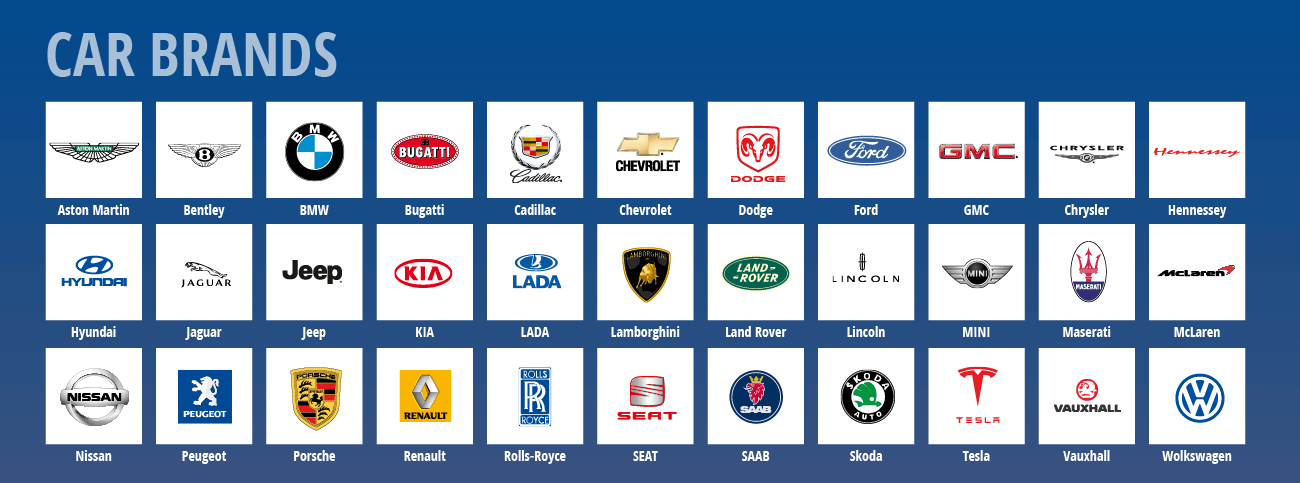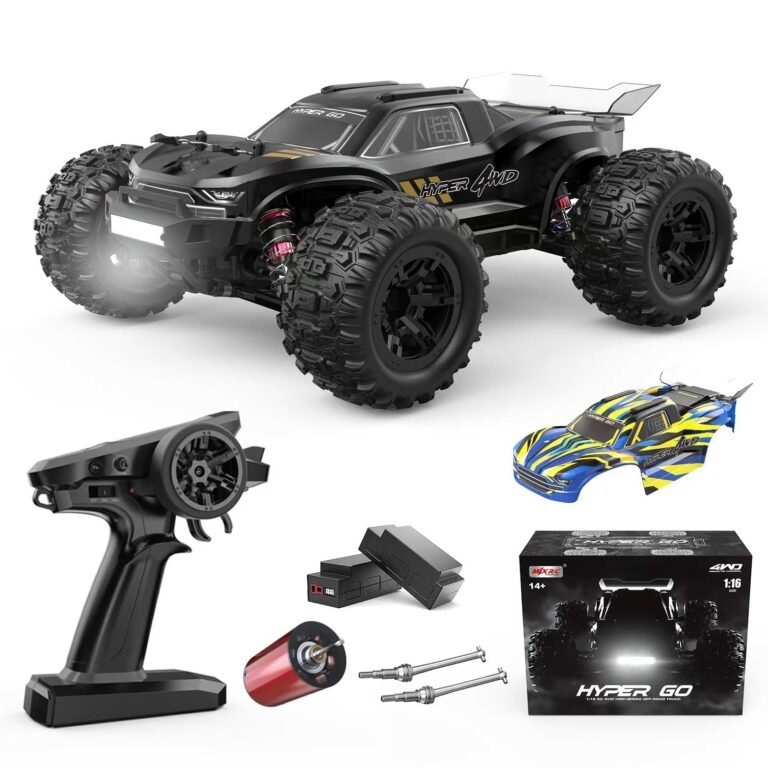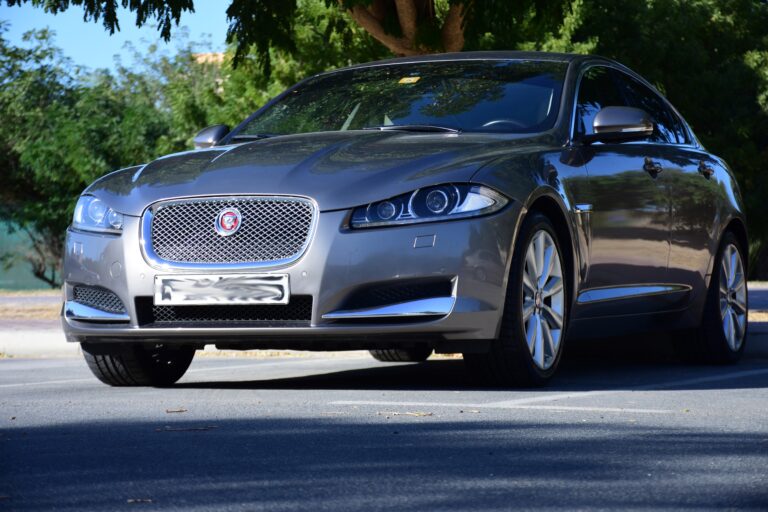How Many Brands Of Cars Are There In The USA? A Comprehensive Guide
How Many Brands Of Cars Are There In The USA? A Comprehensive Guide cars.truckstrend.com
The American automotive landscape is a vibrant, ever-evolving tapestry of engineering, design, and innovation. From bustling city streets to vast open highways, countless vehicles traverse the nation daily, each bearing a distinct badge. But how many different car brands are truly available in the USA? The answer, surprisingly, is not a simple number. It’s a complex question that delves into the intricacies of global manufacturing, corporate ownership, market segments, and the dynamic nature of the industry itself.
Understanding the sheer diversity of automotive brands in the United States is crucial for consumers, enthusiasts, and industry observers alike. It impacts everything from purchasing decisions and repair options to market trends and competitive landscapes. This article aims to untangle this complexity, providing a comprehensive guide to the multitude of car brands that call the USA their market.
How Many Brands Of Cars Are There In The USA? A Comprehensive Guide
Defining "Brand" in the Automotive Context
Before we attempt to count, it’s essential to clarify what we mean by "brand." In the automotive world, the term "brand" often refers to a distinct marque or nameplate under which vehicles are sold (e.g., Chevrolet, Mercedes-Benz, Toyota). However, many of these marques are owned by larger parent companies or automotive groups that operate multiple brands. For instance, General Motors owns Chevrolet, Cadillac, Buick, and GMC, while the Volkswagen Group encompasses Volkswagen, Audi, Porsche, and Lamborghini, among others.
This distinction is vital:
- Manufacturer/Parent Company: The overarching corporation that owns and controls multiple brands (e.g., Stellantis, Ford Motor Company, Hyundai Motor Group).
- Brand/Marque: The specific nameplate under which a vehicle is marketed and sold to the public (e.g., Jeep, Lincoln, Kia).
When people ask "how many brands," they typically refer to the distinct marques available for purchase, whether new or used, that are officially imported or manufactured for the U.S. market. This article will focus on these individual marques, while also acknowledging their parent companies to provide a clearer picture of market dominance and origin.

The Big Players: Major Automotive Groups and Their Brands in the USA
The vast majority of vehicles sold in the U.S. fall under the umbrella of a few dominant global automotive groups. These conglomerates often offer a tiered range of brands, from mass-market commuter cars to high-end luxury vehicles and rugged trucks.
American Titans (Headquartered in the USA)

General Motors (GM): A powerhouse with a long history, GM offers a diverse portfolio:
- Chevrolet: Mass-market cars, trucks, SUVs, and performance vehicles.
- GMC: Premium trucks and SUVs, often sharing platforms with Chevrolet but with more upscale features.
- Cadillac: GM’s luxury division, known for sedans and SUVs.
- Buick: A long-standing brand positioned between mainstream and luxury, offering SUVs and sedans.

-
Ford Motor Company: Another iconic American manufacturer:
- Ford: A full line of cars, trucks, SUVs, and commercial vehicles.
- Lincoln: Ford’s luxury arm, focusing on premium SUVs and sedans.
-
Stellantis (Formed from the merger of Fiat Chrysler Automobiles and PSA Group): This multinational conglomerate has a significant presence in the U.S. market:
- Chrysler: Currently focused on minivans and a large sedan.
- Dodge: Performance-oriented cars and SUVs.
- Jeep: Iconic brand known for SUVs and off-road capability.
- Ram: Dedicated truck brand, spun off from Dodge.
- Alfa Romeo: Italian luxury and performance brand.
- Fiat: Italian small cars, with a more limited presence now.
- Maserati: Italian luxury and performance vehicles.
Asian Dominators (Headquartered in Asia)
-
Toyota Motor Corporation: A global leader known for reliability:
- Toyota: Broad range of popular cars, trucks, SUVs, and hybrids.
- Lexus: Toyota’s luxury division, competing with European luxury brands.
-
Honda Motor Co., Ltd.: Renowned for efficiency and engineering:
- Honda: Popular cars, SUVs, minivans, and trucks.
- Acura: Honda’s luxury brand, offering upscale sedans and SUVs.
-
Nissan Motor Co., Ltd.:
- Nissan: Diverse lineup of cars, trucks, and SUVs.
- Infiniti: Nissan’s luxury division.
-
Hyundai Motor Group: Rapidly growing and innovative:
- Hyundai: Wide range of cars and SUVs, known for value and features.
- Kia: Sister brand to Hyundai, offering stylish and feature-rich vehicles.
- Genesis: Hyundai’s dedicated luxury brand, gaining significant traction.
-
Subaru Corporation: Known for all-wheel-drive and boxer engines.
- Subaru: Full lineup of AWD vehicles, popular for outdoor lifestyles.
-
Mazda Motor Corporation: Focuses on driving dynamics and design.
- Mazda: Offers cars and SUVs with a premium feel and engaging driving experience.
-
Mitsubishi Motors Corporation: Smaller presence but offers SUVs and a compact car.
- Mitsubishi: Known for value-oriented SUVs and the Mirage hatchback.
European Powerhouses (Headquartered in Europe)
-
Volkswagen Group: A massive German conglomerate with a diverse portfolio:
- Volkswagen: Popular mass-market cars and SUVs.
- Audi: German luxury brand, known for sophisticated design and technology.
- Porsche: Iconic German sports car and SUV manufacturer.
- Lamborghini: Italian ultra-luxury sports cars.
- Bentley: British ultra-luxury cars.
- Bugatti: French ultra-luxury hypercars (very limited production).
-
Mercedes-Benz Group AG:
- Mercedes-Benz: German luxury brand, offering a vast range of sedans, SUVs, and performance cars (AMG).
-
BMW Group:
- BMW: German luxury and performance brand, known for "the ultimate driving machine."
- Mini: British compact car brand, now owned by BMW.
- Rolls-Royce: British ultra-luxury car brand, owned by BMW.
-
Volvo Car Corporation (Owned by Geely, China):
- Volvo: Swedish brand known for safety, design, and increasingly, electrification.
-
Jaguar Land Rover (Owned by Tata Motors, India):
- Jaguar: British luxury and performance cars.
- Land Rover: British luxury SUVs, known for off-road capability.
-
Ferrari N.V.:
- Ferrari: Iconic Italian exotic sports car manufacturer.
-
McLaren Automotive:
- McLaren: British high-performance sports cars and supercars.
-
Aston Martin Lagonda Global Holdings plc:
- Aston Martin: British luxury sports cars, famously associated with James Bond.
Emerging Players and Niche Markets
The automotive landscape is constantly shifting, with new brands emerging, especially in the electric vehicle (EV) space, and a vibrant, though smaller, market for ultra-luxury and specialty vehicles.
-
Electric Vehicle Startups:
- Tesla: The dominant EV player, with a range of sedans and SUVs.
- Rivian: Focuses on electric trucks and SUVs.
- Lucid Motors: Aims for ultra-luxury electric sedans.
- Polestar: A performance EV brand spun off from Volvo.
- VinFast: Vietnamese EV manufacturer entering the U.S. market.
-
Ultra-Luxury/Exotic Niche:
- Koenigsegg: Swedish hypercar manufacturer (extremely limited sales).
- Pagani: Italian hypercar manufacturer (extremely limited sales).
-
Specialty and Low-Volume Manufacturers: While not "brands" in the mass-market sense, there are also various low-volume manufacturers, custom builders, and kit car companies that contribute to the diversity of vehicles on American roads. These are typically not counted in the general tally of "car brands" with dealership networks.
The Dynamic Nature of the US Automotive Market
The number of active car brands in the USA is not static. It’s a fluid figure influenced by:
- Mergers and Acquisitions: Large corporate takeovers or mergers (like the creation of Stellantis) can consolidate brands under new parent companies, but the individual marques often persist.
- Brand Launches: New brands are occasionally introduced (e.g., Genesis from Hyundai, Polestar from Volvo).
- Brand Retirements/Closures: Brands can be discontinued due to poor sales, corporate restructuring, or market shifts (e.g., Saturn, Pontiac, Scion, Mercury, Hummer, Saab – though many of these vehicles are still on the road, they are no longer sold new).
- Globalization: The increasing interconnectedness of the global economy means that brands from new countries (like VinFast from Vietnam) can enter the U.S. market.
- Technological Shifts: The rise of electric vehicles has spurred the creation of numerous EV-focused startups, some of which aim to become major players.
How to Count? Practical Considerations for the Consumer
So, if you were to count the distinct car marques with active dealership networks selling new vehicles in the USA in 2024, the number hovers around 45-55 brands. This includes the major players and the emerging EV and niche luxury brands. This number can vary slightly depending on how one categorizes extremely low-volume imports or newly launched brands with limited initial distribution.
For a consumer, the practical advice is not just to count, but to understand:
- Dealership Network and Service: A brand’s presence in the U.S. isn’t just about its name; it’s about the availability of dealerships for sales, service, and parts. Major brands have extensive networks, while niche brands might have very few service points.
- Parent Company Influence: Understanding the parent company can give insights into shared platforms, technology, and overall corporate stability.
- Brand Reputation and Reliability: Researching independent reliability studies (like J.D. Power, Consumer Reports) for specific brands and models is crucial.
- Market Segment: Each brand often targets a specific segment (luxury, economy, performance, truck, SUV) which helps narrow down choices.
Concluding Summary
The question of "how many brands of cars are there in the USA" reveals a dynamic and richly diverse automotive market. While the exact number fluctuates due to mergers, launches, and retirements, we can confidently say that there are well over 50 distinct car brands actively selling new vehicles through established dealership networks across the country. This impressive number reflects the global nature of the industry, the varied tastes of American consumers, and the ongoing innovation driving vehicle development, particularly in the electric age. For consumers, this vast array of choices translates into an unparalleled opportunity to find a vehicle that perfectly suits their needs, preferences, and budget.
Major Automotive Brands Available in the USA (Representative List – 2024)
This table provides a snapshot of prominent car brands with active sales in the U.S., along with their parent companies and typical market positioning. Prices are highly variable by model, trim, and options, so ranges are illustrative.
| Brand Name | Parent Company | Country of Parent Origin | Typical Market Segment | Example Price Range (MSRP) |
|---|---|---|---|---|
| Acura | Honda Motor Co., Ltd. | Japan | Luxury / Premium | $35,000 – $70,000 |
| Alfa Romeo | Stellantis | Netherlands | Luxury / Performance | $45,000 – $90,000 |
| Aston Martin | Aston Martin Lagonda | United Kingdom | Ultra-Luxury / Performance | $150,000 – $350,000+ |
| Audi | Volkswagen Group | Germany | Luxury / Premium | $40,000 – $150,000+ |
| Bentley | Volkswagen Group | Germany | Ultra-Luxury | $200,000 – $300,000+ |
| BMW | BMW Group | Germany | Luxury / Performance | $40,000 – $180,000+ |
| Buick | General Motors | USA | Mainstream / Premium | $30,000 – $60,000 |
| Cadillac | General Motors | USA | Luxury | $40,000 – $120,000+ |
| Chevrolet | General Motors | USA | Mainstream / Performance | $25,000 – $100,000+ |
| Chrysler | Stellantis | Netherlands | Mainstream / Family | $35,000 – $60,000 |
| Dodge | Stellantis | Netherlands | Performance / Mainstream | $30,000 – $90,000 |
| Ferrari | Ferrari N.V. | Italy | Exotic / Supercar | $250,000 – $600,000+ |
| Fiat | Stellantis | Netherlands | Subcompact / Niche | $20,000 – $30,000 |
| Ford | Ford Motor Company | USA | Mainstream / Trucks | $25,000 – $100,000+ |
| Genesis | Hyundai Motor Group | South Korea | Luxury | $40,000 – $80,000 |
| GMC | General Motors | USA | Premium Trucks / SUVs | $35,000 – $100,000+ |
| Honda | Honda Motor Co., Ltd. | Japan | Mainstream | $25,000 – $60,000 |
| Hyundai | Hyundai Motor Group | South Korea | Mainstream | $20,000 – $70,000 |
| Infiniti | Nissan Motor Co., Ltd. | Japan | Luxury / Premium | $40,000 – $70,000 |
| Jaguar | Jaguar Land Rover | United Kingdom | Luxury / Performance | $50,000 – $100,000+ |
| Jeep | Stellantis | Netherlands | SUV / Off-road | $30,000 – $90,000 |
| Kia | Hyundai Motor Group | South Korea | Mainstream | $20,000 – $70,000 |
| Lamborghini | Volkswagen Group | Germany | Exotic / Supercar | $200,000 – $600,000+ |
| Land Rover | Jaguar Land Rover | United Kingdom | Luxury SUV / Off-road | $50,000 – $200,000+ |
| Lexus | Toyota Motor Corp. | Japan | Luxury / Premium | $40,000 – $100,000+ |
| Lincoln | Ford Motor Company | USA | Luxury | $50,000 – $90,000 |
| Lucid | Lucid Group, Inc. | USA | Ultra-Luxury EV | $80,000 – $180,000+ |
| Maserati | Stellantis | Netherlands | Luxury / Performance | $80,000 – $150,000+ |
| Mazda | Mazda Motor Corp. | Japan | Mainstream / Premium | $25,000 – $50,000 |
| McLaren | McLaren Automotive | United Kingdom | Exotic / Supercar | $200,000 – $1,000,000+ |
| Mercedes-Benz | Mercedes-Benz Group AG | Germany | Luxury / Performance | $40,000 – $200,000+ |
| Mini | BMW Group | Germany | Compact / Lifestyle | $30,000 – $50,000 |
| Mitsubishi | Mitsubishi Motors Corp. | Japan | Mainstream / Value | $18,000 – $35,000 |
| Nissan | Nissan Motor Co., Ltd. | Japan | Mainstream | $20,000 – $60,000 |
| Polestar | Volvo Car Corporation | Sweden | Performance EV | $50,000 – $80,000 |
| Porsche | Volkswagen Group | Germany | Luxury / Performance | $60,000 – $200,000+ |
| Ram | Stellantis | Netherlands | Trucks / Commercial | $35,000 – $90,000 |
| Rivian | Rivian Automotive, Inc. | USA | Electric Trucks / SUVs | $70,000 – $100,000+ |
| Rolls-Royce | BMW Group | Germany | Ultra-Luxury | $350,000 – $600,000+ |
| Subaru | Subaru Corporation | Japan | Mainstream / AWD | $25,000 – $50,000 |
| Tesla | Tesla, Inc. | USA | Electric Vehicle | $40,000 – $130,000+ |
| Toyota | Toyota Motor Corp. | Japan | Mainstream / Hybrid | $20,000 – $70,000+ |
| VinFast | VinFast Auto | Vietnam | Electric Vehicle | $40,000 – $70,000 |
| Volkswagen | Volkswagen Group | Germany | Mainstream | $25,000 – $55,000 |
| Volvo | Volvo Car Corporation | Sweden | Luxury / Safety | $40,000 – $80,000 |
Note: This table includes brands with a significant and active presence. Very low-volume or extremely niche brands, as well as defunct brands, are not included for conciseness.
Frequently Asked Questions (FAQ)
Q1: What’s the difference between a car manufacturer and a car brand?
A1: A car manufacturer (or parent company) is the large corporation that owns and produces vehicles (e.g., General Motors, Toyota Motor Corporation). A car brand (or marque) is the specific nameplate under which vehicles are marketed and sold to consumers (e.g., Chevrolet, Lexus). Many manufacturers own multiple brands.
Q2: How many American car brands are there?
A2: If you consider brands headquartered in the USA, the major ones are Chevrolet, GMC, Cadillac, Buick (all GM), Ford, Lincoln (both Ford Motor Company), Chrysler, Dodge, Jeep, Ram (all Stellantis, though Stellantis is based in the Netherlands, these brands have deep American roots), and emerging EV players like Tesla, Rivian, and Lucid. This makes for about 15-20 distinctly American-rooted brands.
Q3: Are new car brands entering the US market frequently?
A3: Yes, especially in the electric vehicle (EV) segment. The transition to EVs has lowered the barrier to entry for some new manufacturers (like Rivian, Lucid, Polestar, VinFast), who are challenging established players.
Q4: Do defunct brands still count towards the total number?
A4: When asking about "how many brands are there," the focus is usually on brands currently selling new vehicles through official channels. While millions of vehicles from defunct brands (like Pontiac, Saturn, Hummer, Mercury, Saab) are still on the road, they are not typically included in the count of active brands.
Q5: Why does the number of car brands keep changing?
A5: The number is dynamic due to several factors:
- Mergers and Acquisitions: Companies buying or merging with others.
- Brand Launches: New brands being introduced to fill market gaps or innovate.
- Brand Retirements: Brands being discontinued due to poor sales or strategic shifts.
- Globalization: More international brands entering or leaving the U.S. market.
- Technological Shifts: The rise of EVs, autonomous driving, and new mobility services often brings new players to the forefront.




